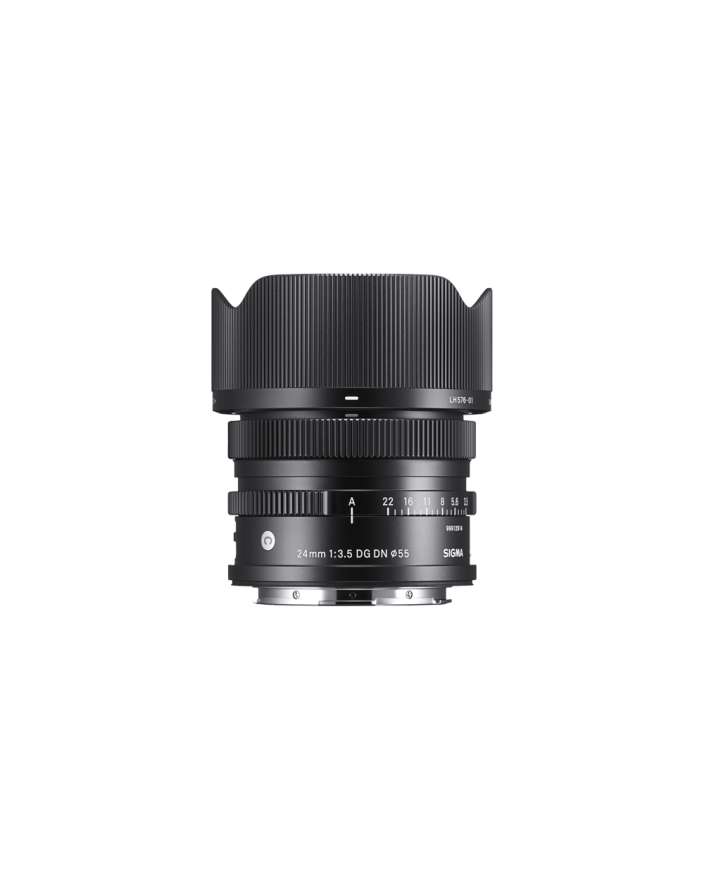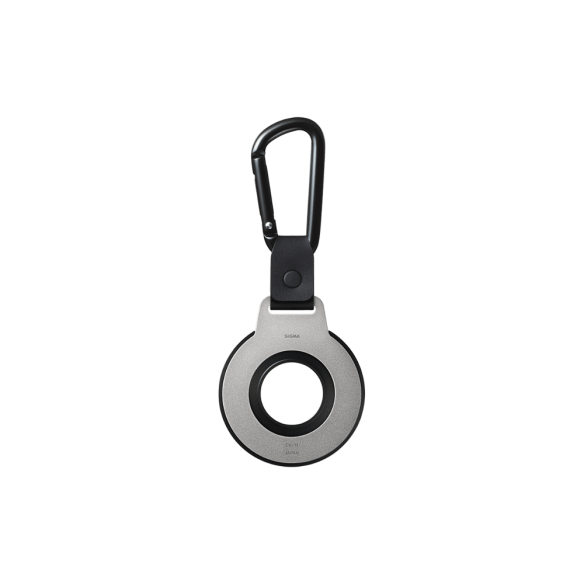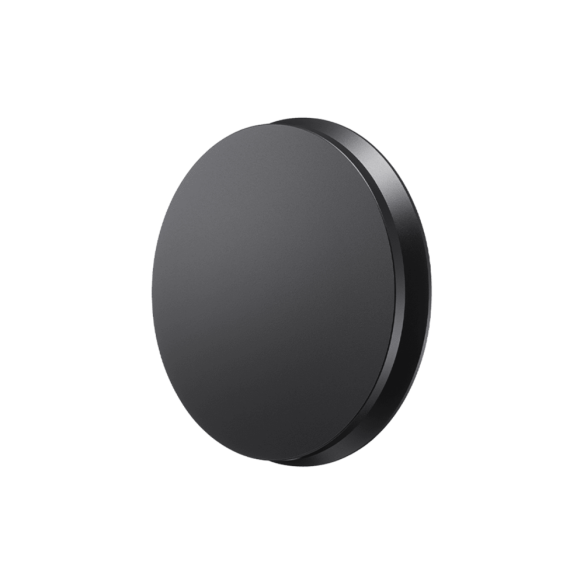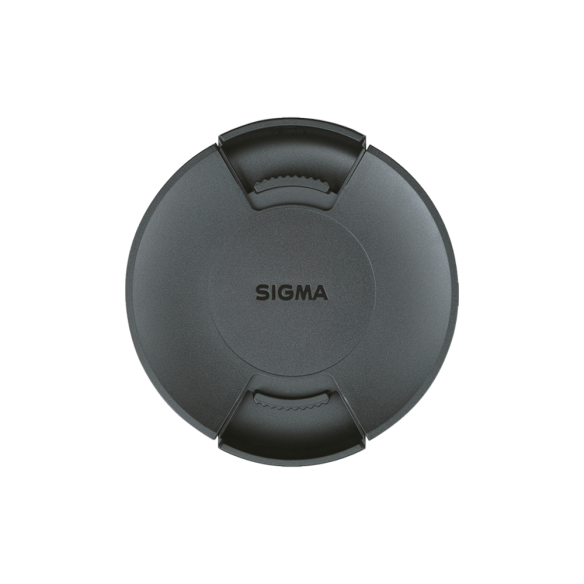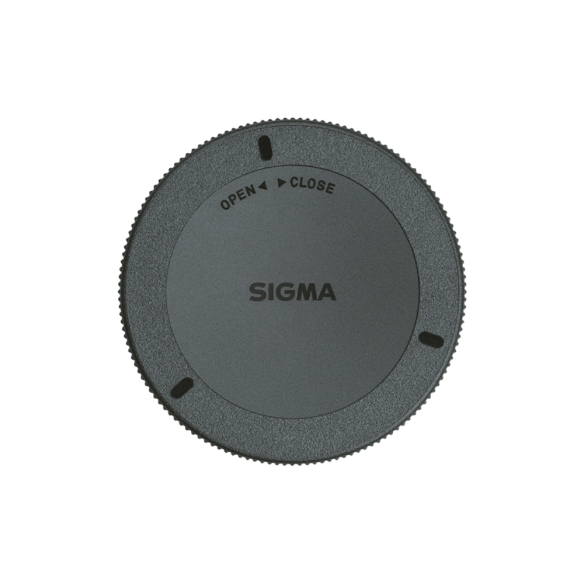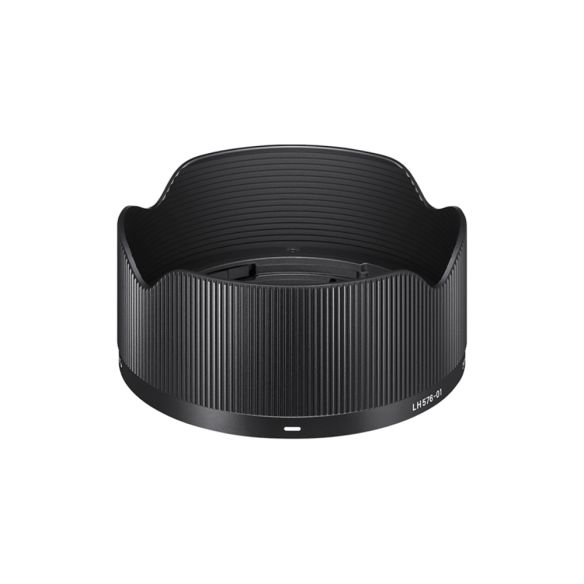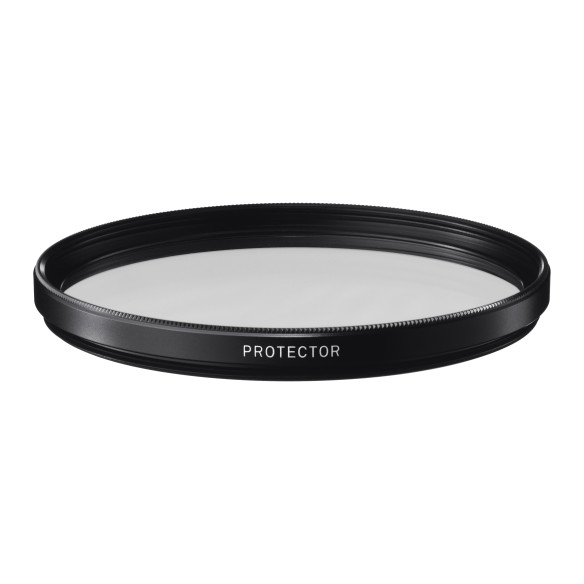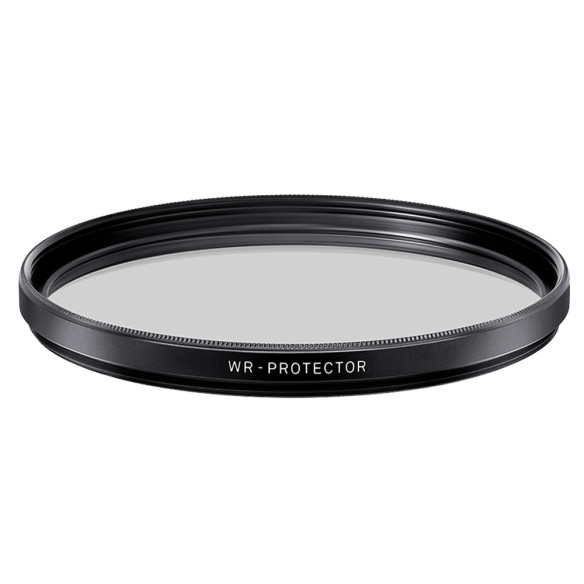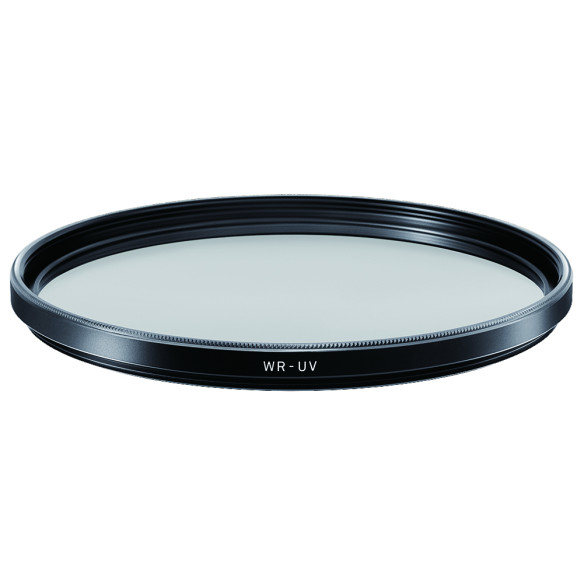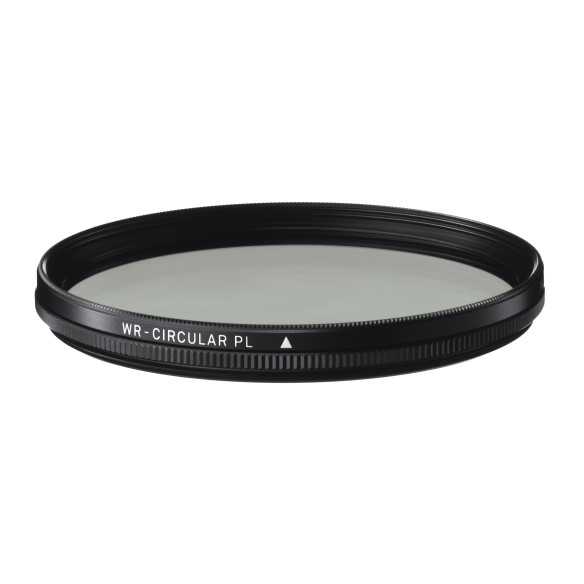CONTEMPORARY24mm F3.5 DG DN
- All-metal construction
- Manual aperture ring
- Incredibly compact and lightweight
- Minimum focus distance of only 10cm / 3.9 in.
- Reproduction ratio of 1:2 for closeup photography
- High-speed, accurate autofocus
- Magnetic lens cap and metal lens hood
- Mount with dust and splash-resistant structure
- Designed to minimize flare and ghosting
- Compatible with Lens Aberration Correction*
*Function available on supported cameras only. Available corrections / functionality may vary depending on camera model.

AWARDS
- PPA Hot Ones Award 2021
- Japan Institute of Design Good Design Award 2021
Sony E-mount: 64mm x 50.8mm/ 2.5 in. x 2.0 in.
Sony E-mount: 230g / 8.1 oz.
"Premium Compact Primes" for mirrorless users
The Sigma I series features full-frame compatible lenses that offer new value to mirrorless systems. The combination of superb optical performance with a level of compactness that is perfectly suited to smaller and lighter modern mirrorless cameras will bring you new opportunities for a perfect shot. Sigma is aware that in today's world we have a wide range of camera choices, especially with the increase in mobile phone ownership. But with many people look for something more than a mere act of "taking pictures" when they choose to own a camera and lenses, I series lenses offer the ultimate combination of superb optical performance, outstanding usability and compact form-factor. Sigma's excellence in development and production technologies has been built up since our founding in 1961 and became increasingly sophisticated with the introduction of the Sigma Global Vision brand in 2012. With this as a base, Sigma has given careful thought to the quality of the products, the feeling of using it and the pleasure of owning it. This is how the I series was born.
Beautiful details and bokeh for every scene
The high resolving power of the 24mm F3.5 DG DN | Contemporary covers the entire image from the center to the edges, which means photographers can rely on edge-to-edge sharpness at all apertures when shooting wide-angle scenes. With a minimum focus distance of around 10cm and a maximum reproduction ratio of 1:2, it enables photographers to explore a subject more freely, from capturing distant landscapes to photographing close-ups of smaller objects.
In addition to the attractive bokeh, it also gives photographers near-circular out-of-focus highlights, even at the edges of the frame. This helps create a close-up image of an in-focus subject with a blurred background, a technique that is very useful in a variety of settings.
The lens features the latest optical design optimized for mirrorless systems. This includes high-precision, glass-molded aspherical elements created with advanced processing technology, and SLD glass and high refractive index glass elements. Together they make it possible to combine high optical performance with compactness. In addition, the smooth focus drive system designed around a quiet and fast stepping motor also makes the 24mm F3.5 DG DN | Contemporary a desirable choice for shooting video.
Use of multiple high-precision aspherical glass molded lenses
The surface of molds for glass molding, which is a process that forms optical components by pressing glass materials at high temperatures, requires ultra-high precision. Sigma uses high-precision molds whose surfaces are controlled with an accuracy of ±5 nanometers (0.000005 mm) or smaller. High precision aspherical glass molded lenses archives both good aberration correction and compact lens size.


Exceptional I series build quality with a compact form-factor
All I series lenses have an all-metal construction. The precision-cut aluminum parts not only give the barrel a sleek, stylish finish, but provide superb durability, which improves the quality of the entire product. Metal materials are also used in internal structures that slide with the operation ring for added robustness. These high-precision components crafted with Sigma's cutting-edge metalworking technology are also used in Sigma's Cine Lens lineup for professional cinematographers and provides an exquisite feel to touch as well as sound effects, making photographers want to reach for it and play with it over and over again.
With a pairing with the 45mm F2.8 DG DN | Contemporary in mind, the 24mm F3.5 DG DN | Contemporary is compatible with the same filter size of 55mm, with a matching outermost diameter and similar overall lengths. With a combined weight of only 440g / 15.5oz., these two lenses can be used in tandem as part of a high-spec and compact camera system that covers a wide range of shooting situations.
Magnetic metal lens cap
I series lenses are accompanied by a dedicated magnetic metal lens cap*, in addition to a normal plastic cap. This dedicated metal cap clips to the front surface of the lens magnetically. It is no exaggeration to say that this meticulously crafted cap represents the finishing touch for the I series.
*Except Sigma 45mm F2.8 DG DN | Contemporary
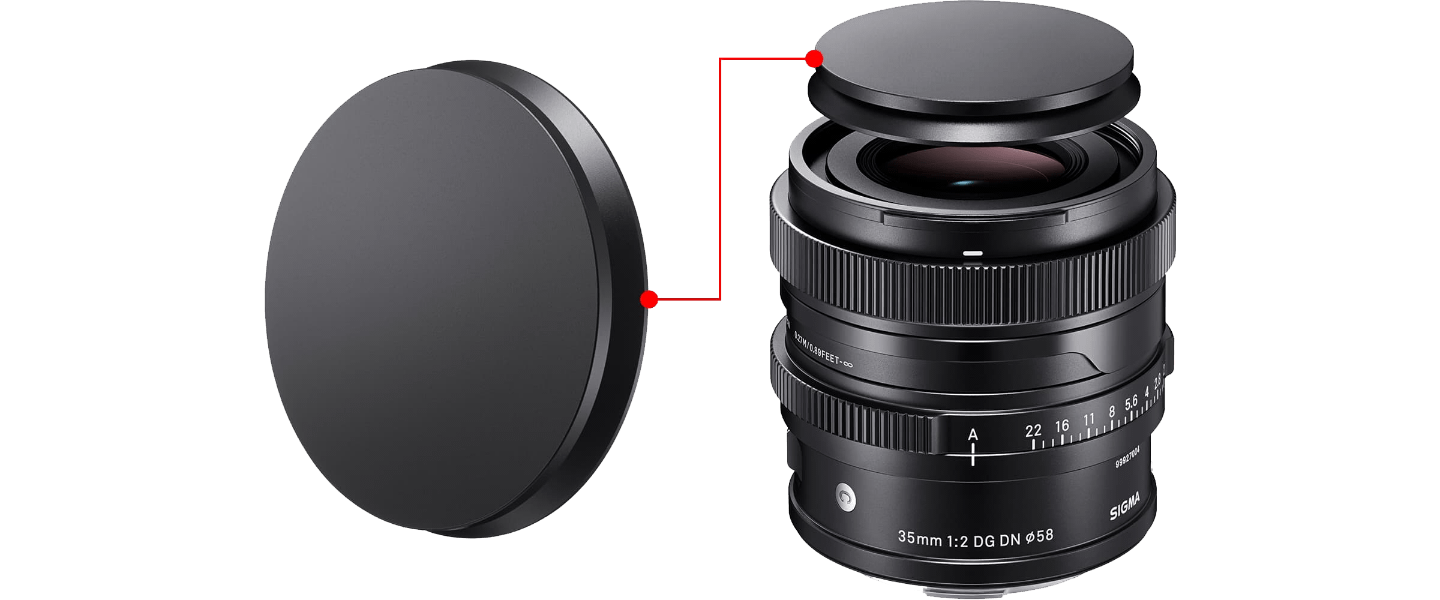

Magnetic metal lens cap holder (sold separately)
When a cap is removed from the lens it should have a proper place where it can be kept. Using this as a starting point, the CH-11 cap holder using the magnetic force of the dedicated cap was created. With the cap attached to the ring plate, and the plate clipped to a bag or belt, the cap is always within easy reach and is less likely to get lost. Plus, its elegant design is a stylish addition to a photographer's equipment.
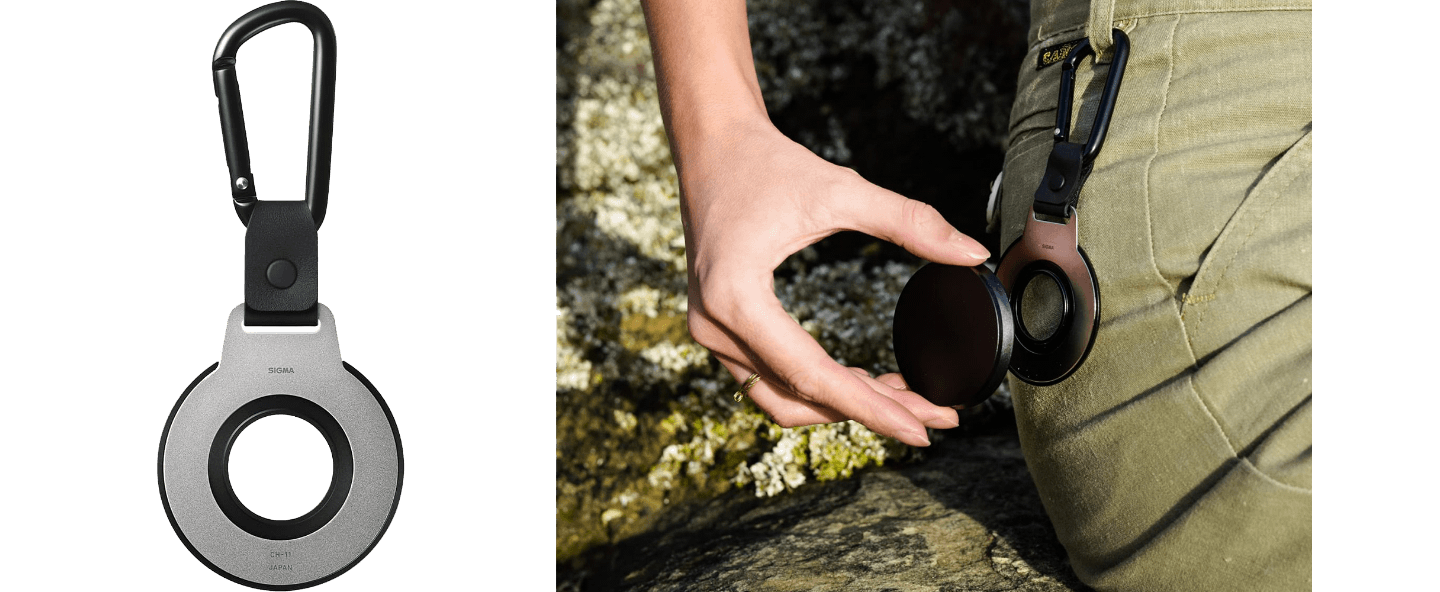

LENS CONSTRUCTION


- SLD glass
- Aspherical lens
MTF CHART
The MTF (Modulation Transfer Function) is one of the measurements for evaluating a lens' performance, and it shows how faithfully the contrast of the subject can be reproduced on the image plane. The horizontal axis shows the image height (distance from the center of the image in mm) and the vertical axis shows the contrast value (maximum value is 1).
The closer the 10 line pairs/mm curve is to 1, the higher the contrast and clarity of the lens is, and similarly, the closer the 30 line pairs/mm curve is to 1, the better the resolution and sharpness of the lens is.
*The MTF chart depicts the result at the wide-open aperture.
*For mirrorless lenses that support distortion correction, the horizontal axis shows the image height equivalent to when an L-Mount lens is attached to a Sigma L-Mount camera with distortion correction applied. (The effect of distortion correction may differ depending on the mount and camera used.)
*The spatial frequency indicates the variation on the image plane before distortion correction is performed.
Spatial Frequency
S: Sagittal Line
M: Meridional Line
10lp/mm




30lp/mm




DIFFRACTION MTF


GEOMETRICAL MTF


Inner zoom
The lens incorporates an inner zoom. With their unchanging barrel length, these lenses also enhance balance and stability for the photographer. Furthermore, since the front of the lens does not rotate, polarizing filters can be used with extra convenience.
Compatible with Lens Aberration Correction
Matching the optical characteristics of the lens, this function performs in-camera corrections of peripheral illumination, chromatic aberrations, distortion, and more, to further enhance image quality.
*Function available on supported cameras only. Available corrections or auto correction functionality may vary depending on the camera model.
*On cameras where lens aberration correction is controlled with 'ON' or 'OFF' in the camera menu, please set all aberration correction functions to 'ON' (AUTO).
Exclusive low-dispersion glass
Careful arrangement of exclusive low-dispersion glass elements gives Sigma lenses superlative image rendition untarnished by residual chromatic aberration.
Super Multi-Layer Coating
Sigma's own Super Multi-Layer Coating suppresses flare and ghosting by preventing reflections with in the lens. All lenses in the current Sigma range feature this original technology. In digital cameras, flare and ghosting may also be caused by reflections between the image sensor and lens surfaces. Here too, Sigma's Super Multi-Layer Coating is highly effective, assuring images of outstanding contrast.
Aperture ring
Aperture ring, designed to help users work intuitively.
Focus Mode Switch
Using this switch, it is possible to switch the focus mode between AF and MF.
Linear focus / Non-linear focus (for L-Mount only)
A focus movement method of interchangeable lenses for mirrorless cameras in relation to the rotational angle of the focus ring during manual focusing. With "non-linear focus" the amount of focal point movement varies depending on the focus ring rotational speed. With linear focus, if the focus ring rotational angle is the same, the amount of focal point movement remains the same regardless of the focus ring rotational speed.
Stepping Motor
The lens is capable of smooth, quiet and high-speed AF made possible by a stepping motor, as well as supports Face/Eye Detection AF and video AF.
Mount with Dust and Splash Resistant Structure
The lens mount incorporates rubber sealing to protect the mount from dust and water drops.
Other
- Custom Mode switch
- Rounded diaphragm
- Compatible with high-speed autofocus
- Compatible with SIGMA USB DOCK UD-11 (sold separately / L-Mount only)
- High-precision, durable brass bayonet mount
- Support DMF and AF+MF
- Designed to minimize flare and ghosting
- Every single lens undergoes SIGMA's proprietary MTF measuring system
- Magnetic metal lens cap
- Mount Conversion Service available
- "Made in Aizu, Japan" craftsmanship


